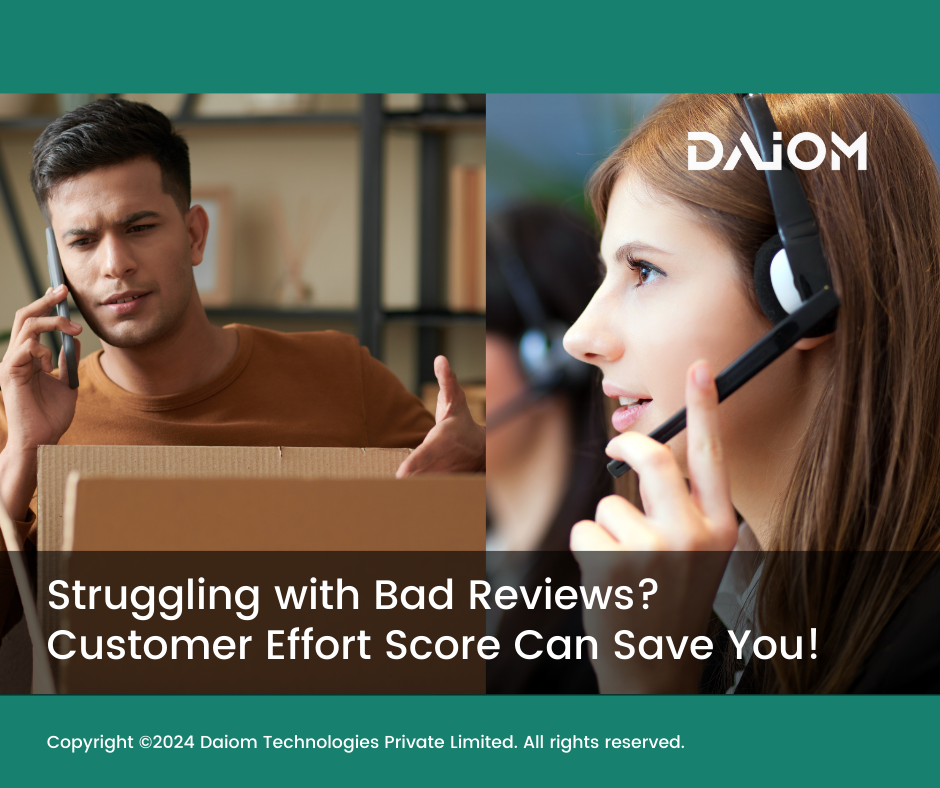Recently, a founder of an Omni channel ecommerce firm asked us, “How come our NPS is 70, CSAT 4.2 and at the same time our social media is filled up with customer complaints?”
When we dug deeper we realised that this was happening as customers are not happy with the ease of problem resolution. Even if the issue gets fixed, the constant calls and follow-ups can make customers feel worn out.
And secondly the measurement framework was weak.
This brings up an important question: Is customer satisfaction the only way to measure how good a customer’s experience is?
In this blog, we will share our approach if you are facing a similar problem.
A 2022 report by Salesforce says that 88% of customers care about how EASY a company makes things just as much as they care about the products or services.
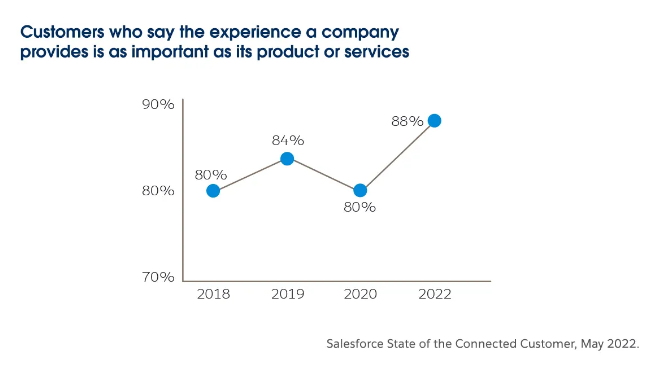
78% of customers say environmental practices influence their decision to buy from a company.
Salesforce
Gartner’s survey, on the other hand, shows that 96% of customers who find their experience difficult are likely to be less loyal, while only 9% of those who find it EASY are disloyal.
Medallia also found that customers who have to put in a lot of effort are twice as likely to leave.
This shows why measuring customer effort is crucial for making sure customers are happy and stay loyal. That’s where the Customer Effort Score (CES) comes in.
It is a tool that helps companies understand how much effort their customers have to put in. A low CES means it’s EASY for customers to get what they need, which leads to more loyalty.
Table of Contents
1. Why Effort is Key?
Imagine buying a refrigerator and waiting for the promised free installation. After three days with no word, you call customer support and end up frustrated after seven days of being passed around different teams.
This frustration can lead you to leave the brand and tell others about your bad experience.
Customers feel the same way when they have to:
- Switch between multiple channels
- Re-explain their problems
- Get transferred between different agents or departments
- Contact the company multiple times for the same issue
If customers have to work too hard to get help, they’re less likely to stay loyal. This is why measuring EFFORT is important. It helps businesses:
- Fix problems to reduce customer effort and dissatisfaction
- Understand the customer experience across different touchpoints
- Align services with customer expectations to improve the experience
- Stand out by providing a low-effort customer experience
2. What is the Customer Effort Score (CES)?
Customer Effort Score (CES) is a post-purchase metric that measures how customers feel about their interaction with your brand.
These interactions can be anything from how much effort it takes to use your product or service or how easy it was for them to have a problem solved by your customer service executives.
The theory behind CES is that the easier it is for customers to interact with your brand, the more likely they are to remain loyal.
CES, focuses on the ease of the customer’s experience. It measures how much effort a customer had to put into resolving an issue or completing a task.
The score can be calculated by asking a simple questions like: How easy was it to solve your problem with us today?

Over the top efforts make little difference: All customers really want is a simple, quick solution to their problem.
HBR Research, 2010
3. Where are the Areas We Can Use CES in our Customer Lifecycle?
Initial Contact:
How EASY was it to reach out to our customer service team?
Reaching Out to Support:
How EASY was it to find our customer service contact information?
Follow-Up Scheduling:
How EASY was it to schedule a follow-up call or support session?
Receiving and Implementing Feedback: How EASY was it to receive and implement feedback from our customer service?
Post-Business-Hours Assistance:
How EASY was it to receive assistance from our customer service team outside of regular business hours?
Accessibility of Customer Service:
How EASY was it to find our customer service contact information?
Product Returns and Refunds:
How EASY was the process of returning a product or requesting a refund with the help of our customer service team?
4. When Should You Use the Customer Effort Score?
As a post-purchase metric, Customer Effort Score works best when customers are asked to give immediate feedback to your company. These 2 points state the right times to ask for a customer feedback:
- Right After a Subscription or Purchase: Send a QUICK SURVEY to your customers once they buy something. It will help you understand how simple or challenging it was on their part to make the purchase. It is because they have just finished the action and they can give you fresh feedback. Remember, “CES surveys usually ask customers to rate how much effort they had to put in after an action, like making a purchase.”
- Immediately After a Customer Service Interaction: Send SURVEYS immediately after they INTERACT with your customer support team. It will help you find out the effort customers are making to solve the problem. For example, you can send a survey immediately after a support ticket is closed or after they use a help article.
If you ask your customers about their experience with the customer support after one month, it is going to decrease the response rates. It is as customers would most likely not remember or would not care to give any feedback at all.
5. Why is it Essential for Brands to Measure Customer Effort Score?
Measuring customer effort is relevant if you support your customers over multiple channels.
In fact, the modern concept of omnichannel service is about reducing friction between service channels and minimizing customer effort.
CES is best suited for measuring the ease of a specific interaction, such as placing an order or resolving an issue. It helps you pinpoint pain points in the customer journey and streamline processes to reduce customer effort.
CES offers the following advantages for businesses:
- CES is more predictive of customer loyalty as per studies conducted by HBR.
- CES surveys evaluate specific customer interactions, not overall customer satisfaction or brand perception. This makes them useful for evaluating customer journeys.
- Low customer efforts leads to more loyal customers and decreased churn rate.
More loyal customers tend to bring in more referrals through positive word of mouth and also spend more on purchase and repurchase thus increasing the customer lifetime value.
6. How to Measure Customer Effort Score?
Customer Effort Score (CES) goes from 0 to 100. To find your CES, take the number of customers who said their experience was easy and divide it by all the responses.
In other words, simply take the total sum of your CES scores and divide it by the number of responses you have received.
For example, if 100 people answered your CES survey and their total scores add up to 700, then your CES score is 7 out of 10.
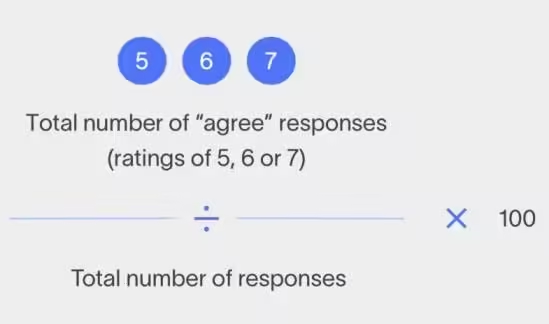
If you use other methods like smiley faces or agree/disagree scales, you can calculate your CES by taking the percentage of positive responses and subtracting the percentage of negative ones. Ignore the neutral responses.
7. What's Common Between Zappos and Vistara?
Delivering happiness, a path to profits!
While a lot of companies have started using CES instead of NPS, there are 2 companies that stand out – Zappos & Vistara.
Vistara: Vistara implements CES by sending passengers an airline passenger satisfaction questionnaire to assess their satisfaction on the overall service. It allows them to compare their data with their competitors analyse their overall customer experience.

Zappos: Zappos enriches the overall shopping experience of customers and presents them as unique, delightful, and easy through their survey questions.
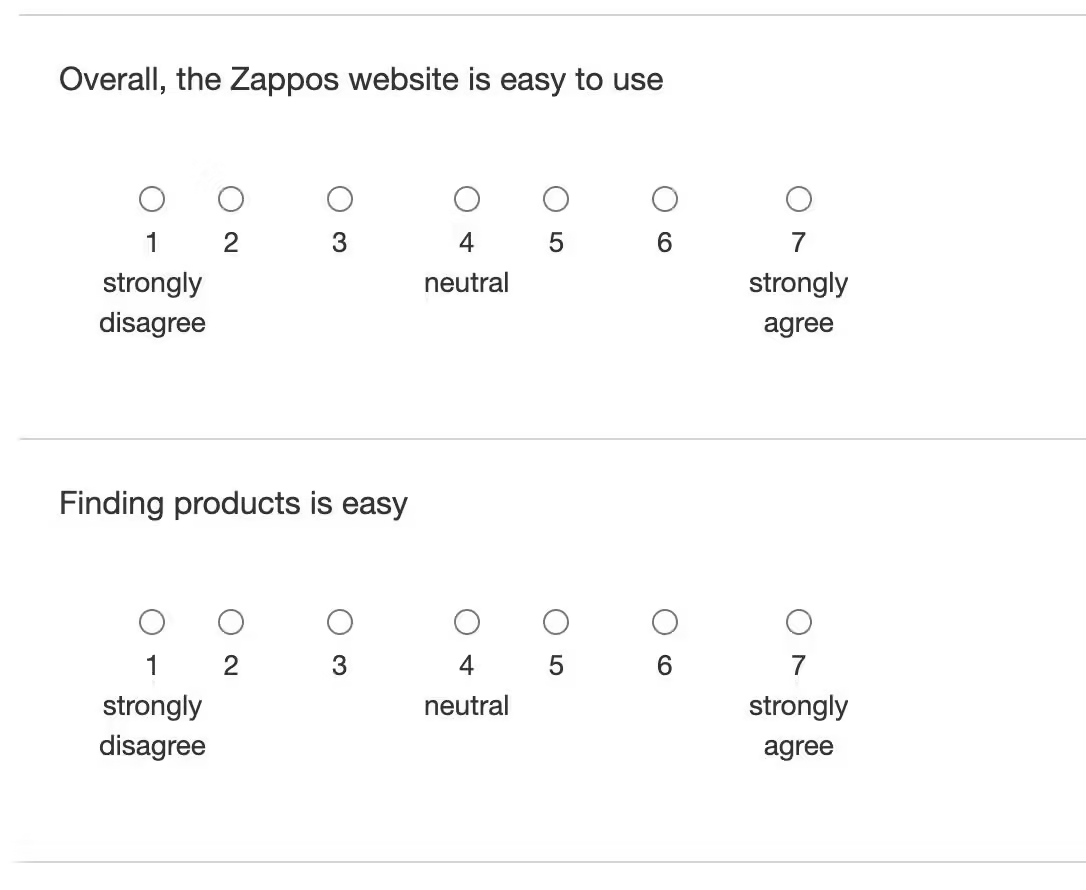
Moreoever, Zappos’ “Delivering Happiness” teaches us that a positive company culture and excellent customer service are key to success. Happy employees lead to better results, and being genuine and open builds trust with customers.
Embracing change and focusing on long-term goals, rather than quick profits, ensures lasting success. Empowering employees and caring about the community adds purpose beyond just making money.
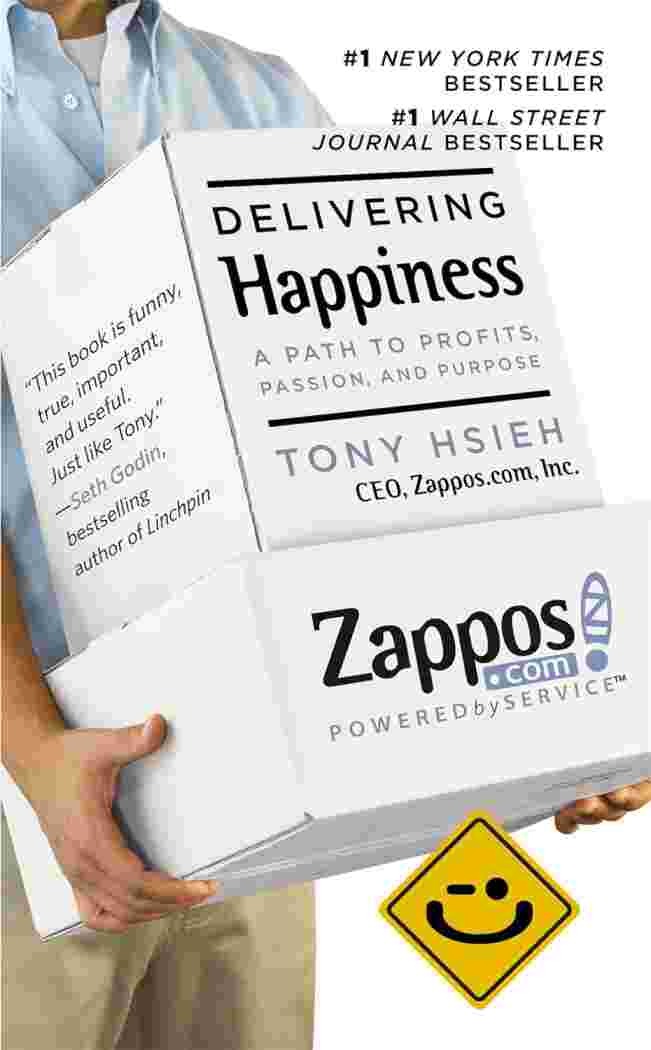
8. Does CES replace CSAT or NPS?

According to the Harvard Business Review, the evaluation the power of three ways to measure customer loyalty: Customer Satisfaction (CSAT), Net Promoter Score (NPS), and Customer Effort Score (CES) results, CSAT is less effective, NPS is better, and CES is the best, especially in customer service.
NPS, CES, and CSAT are useful tools for monitoring customer experience. Using these metrics together can be effective, but it’s best to start with one and see if it provides the actionable data you need. A poor CES can negatively impact NPS: a customer who struggles with customer service will likely become a critic and not renew their purchase. Conversely, a good CES can positively affect NPS.
For B2B brands, starting with NPS is ideal. It offers easily measured and benchmarked data, providing both big-picture and detailed insights. NPS helps track customer sentiments across all account contacts, unlike CES. But remember, it’s not just about the numbers; it’s about how you use them. With your CX data in hand, you can drive growth.
When we replaced CES with a new metric in our project, it gave us great insights into the company’s support. Over the next 3-4 months, this change led to noticeable improvements.
9. Conclusion
In conclusion, CES is a valuable tool which helps pinpoint areas of friction in the customer journey and for measuring and improving customer satisfaction for your business/brand.In the end, measuring how effectively we have solved the problem is key. There are two components to this-
- Whether their problem was resolved
- If resolved, what was the effort required by customer in the process
This is what truly matters to any customer.
The other factors to keep in mind while rolling out a CES survey is to ensure consistency of the survey framework across all channels being utilised. Secondly the survey should be designed in such a way so as to get sufficient responses from customers in order to derive meaningful insights.
Subscribe to our Newsletter.


